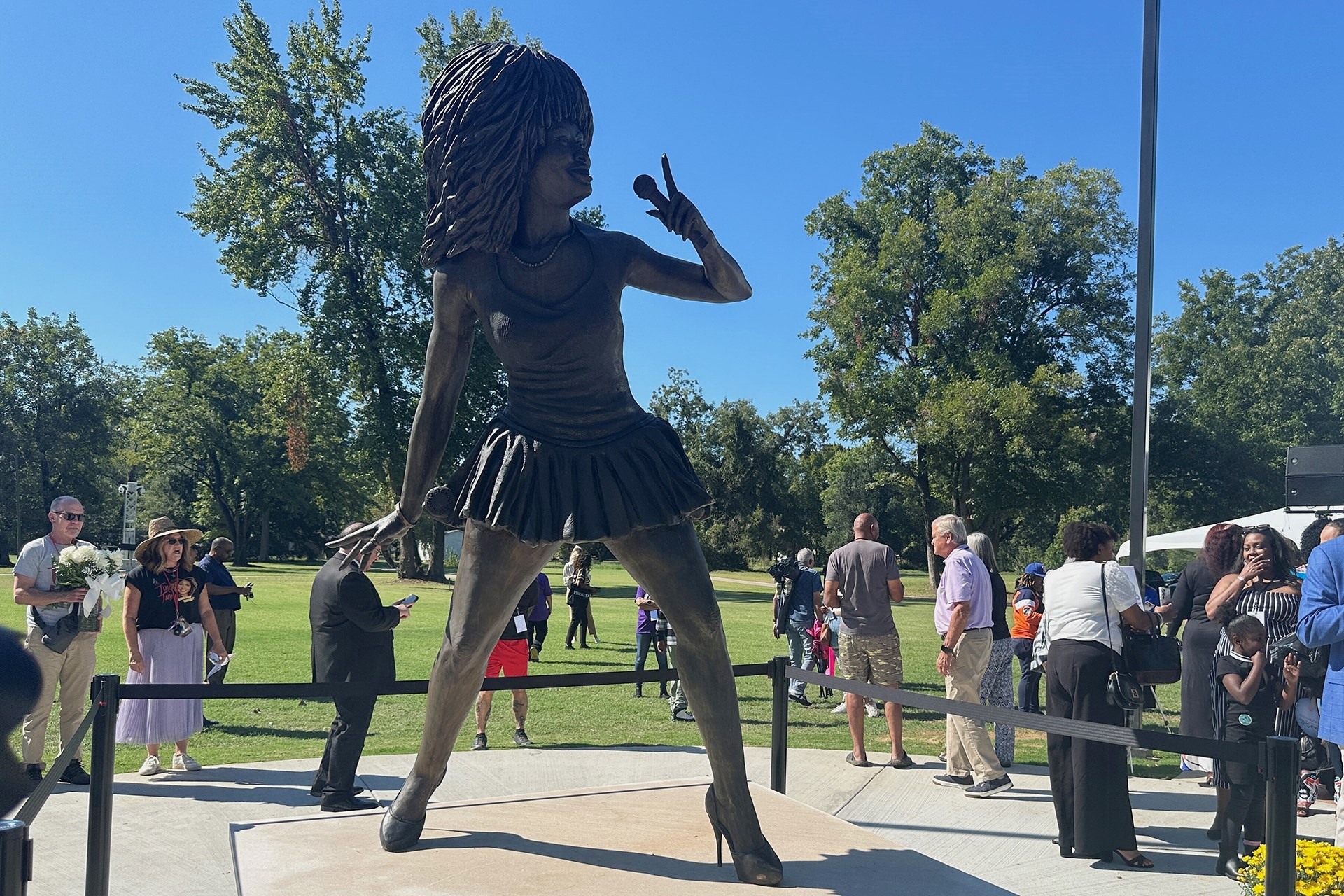The recent unveiling of a Tina Turner statue in her hometown of Brownsville, Tennessee, intended as a loving tribute, has instead sparked a debate about the often-questionable quality of memorial statues. While the sentiment behind these monuments is undoubtedly heartfelt – a desire to remember and honor influential figures – the execution frequently falls short, leaving fans and critics alike scratching their heads and asking, “Why does it look like
that
?”
The Tina Turner Statue: A Case Study in Commemorative Missteps
The Turner statue, meant to capture the energy and beauty of the legendary singer, has been widely criticized for its perceived lack of resemblance. Social media was quickly flooded with comments pointing out the statue’s unflattering features and general departure from Turner’s iconic look. The incident echoes similar reactions to other “lifelike” statues that have been unveiled in recent years, prompting a broader discussion about the challenges of translating a person’s essence into bronze.
“Scary Lucy” and the Perils of Literal Interpretation
The Tina Turner statue is not an isolated case. The infamous “Scary Lucy” statue, unveiled in Celoron, New York, in 2009 to honor Lucille Ball, became a viral sensation for all the wrong reasons. The statue’s unsettling features and distorted likeness sparked outrage and ridicule, highlighting the potential pitfalls of attempting a purely literal representation. These examples raise questions about the artistic choices made in these projects and the level of quality control involved.
Beyond Likeness: Capturing Essence and Legacy
Perhaps the issue lies in the relentless pursuit of photorealistic accuracy. A truly successful memorial statue should aim to capture the essence of the individual – their spirit, their impact, and their legacy – rather than simply creating a perfect physical replica. This requires a nuanced understanding of the subject and a willingness to prioritize artistic interpretation over mere mimicry. A talented artist can use symbolism, pose, and expression to convey a deeper understanding of the person being honored, creating a work that resonates with viewers on an emotional level.
In conclusion, while the impulse to commemorate influential figures with statues is admirable, the results often leave much to be desired. The controversy surrounding the Tina Turner statue serves as a reminder that creating a lasting tribute requires more than just technical skill. It demands artistic vision, a sensitivity to the subject’s legacy, and a commitment to capturing the essence of their being. Maybe it’s time to rethink the approach to these public monuments and prioritize artistry over a quest for perfect, yet often elusive, realism.
Based on materials: Vox





